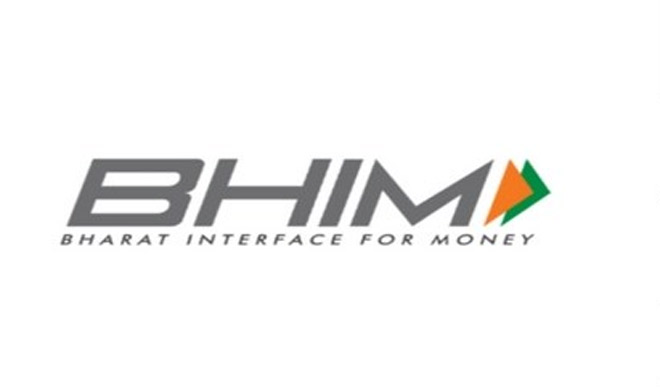Railways have extended the discount on digital payments through Unified Payments Interface (UPI)/Bharat Interface for Money (BHIM) at railway counters up to 13 June, 2019. If a person pays the price of ticket at railways counters through UPI/BHIM and the ticket price is more than 100 then railways offer 5 percent discount, subject to a maximum limit of 50 on one ticket. CRIS (Centre for Railway Information Systems) has been asked by the railway management to calculate the amount of discount given by 31 May, 2009, for further review of this facility. The ministry has also tied up with SBI to 10,000 point-of-sale (PoS) machines for digital payments at railway stations and freight/parcel locations. Railways provide UPI/BHIM facility at ticket counters since December 2017, a month after demonetization.
UPI is an instant real-time payment system launched by the government of India to facilitate hassle-free digital transactions. The interface is regulated by the Reserve Bank of India and works by instantly transferring funds between two bank accounts on a mobile platform. It is an umbrella organization for all public and private retail payments in the country. The major private players which operate on UPI are Google’s Tez, Paytm, PhonePe, Amazon Pay, and the public sector player is BHIM (Bharat Interface for Money) launched by PM Modi on December 30, 2016. The UPI and BHIM app both were developed by National Payments Corporation of India (NCPI) which is promoted by the country’s central bank, the Reserve Bank of India. Digital transaction is growing exponentially in India since the launch of Unified Payments Interface (UPI). In the months of August and September, NPCI recorded more than 1 crore transactions per day.
The Modi government has gone step by step to improve mobile banking in India. First, it opened zero balance bank account to every person in India and linked it with mobile number and Aadhar Card. Along with zero balance bank accounts, banks gave RuPay card to the people for enabling mobile transactions. The RuPay is a domestic card payment system developed by NCPI to reduce the dependency on foreign companies for card transactions. The RuPay card is now accepted at all the ATMs, Point-of-Sale terminals and most of the online merchants in the country. More than 300 cooperative banks and the Regional Rural Banks (RRBs) in the country have also issued RuPay ATM cards.
After that, the government launched the Unified Payments Interface to facilitate mobile banking transaction between any two accounts. It thereafter took the decision of demonetization which encouraged people to move to digital transactions due to a shortage of cash. Almost one and a half month later came the BHIM app to make mobile transaction accessible to common people of the country. The result of these series of decisions to curb black money and increase the digital transactions has been overwhelming. As per NCPI data in the last one year, the monthly UPI transaction volume has risen by around 2,000%. Dewang Neralla, chief executive, Atom Technologies Ltd, a payments service provider said “Most of the UPI transactions are person-to-person (P2P) transfers. The incentives given to consumers in the form of cash back, by the government on P2P payments and by e-commerce companies during the purchase of goods and services have significantly promoted its usage.” At the time of launch in August 2016, only 21 banks offered UPI, now the facility is offered by about 122 banks.
